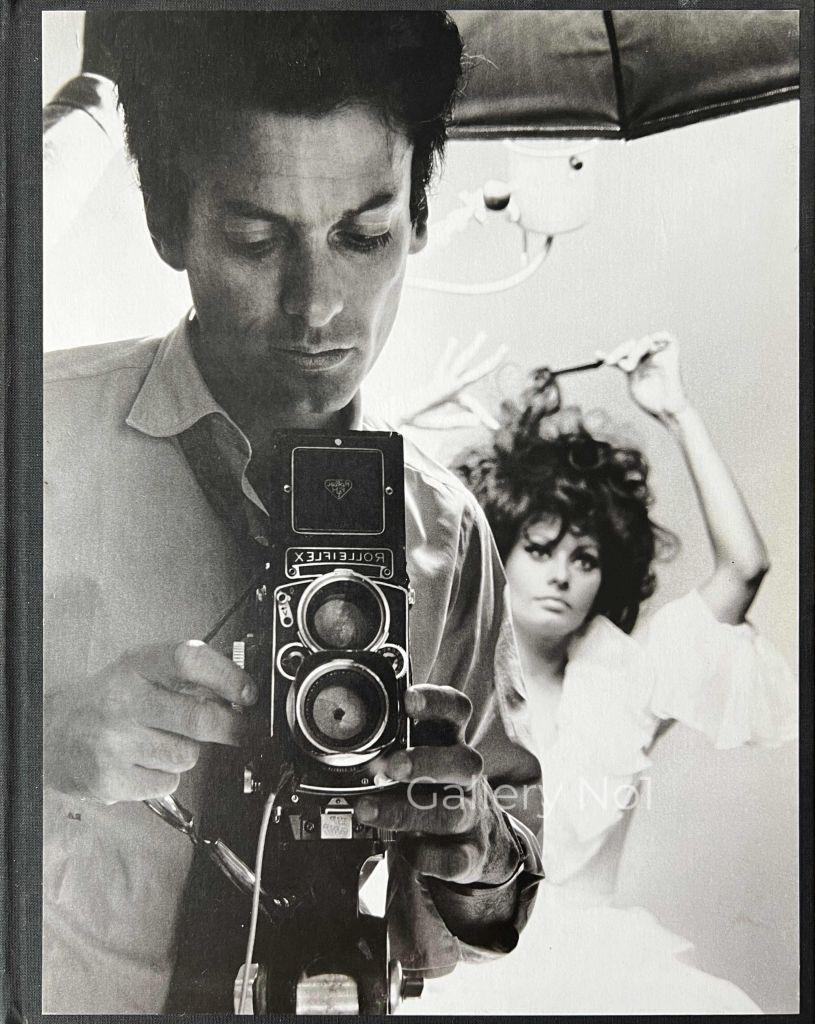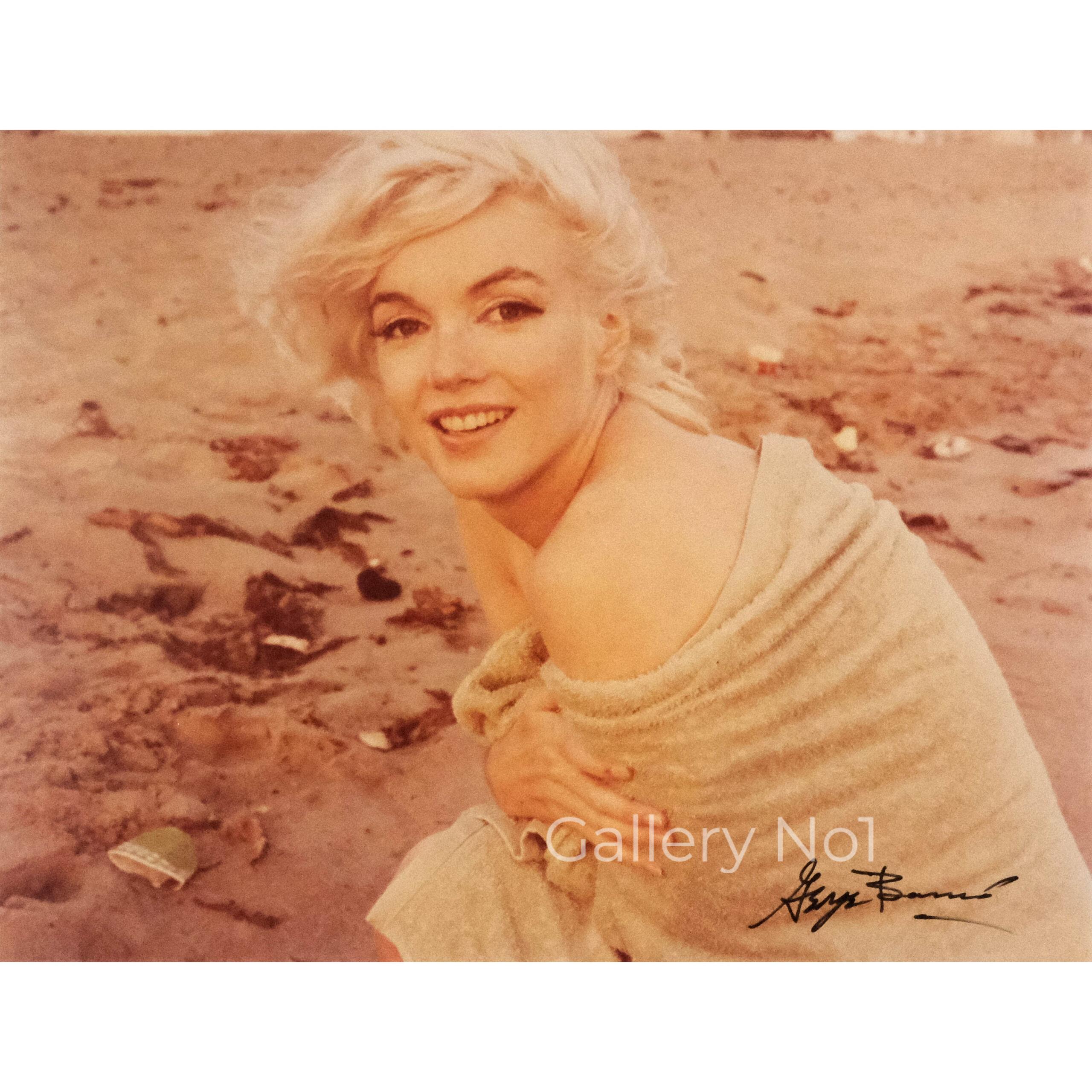Irving Penn was an American photographer known for both his commercial and fine art work. Using both large format and 35mm cameras, he regularly turned his lens on street debris, animal skulls, and flowers, in addition to his glamorous images of celebrities. I share with many people the feeling that there is a sweetness and constancy to light that falls into a studio from the north sky that sets it beyond any other illumination, he once reflected. It is a light of such penetrating clarity that even a simple object lying by chance in such a light takes on an inner glow, almost a voluptuousness. Born on June 16, 1917 in Plainfield, NJ, he studied art and design under Alexey Brodovitch at the Pennsylvania Museum School of Industrial Art in Philadelphia before moving to New York in 1938. In New York, Penn worked as Brodovitch’s assistant at Harper’s Bazaar magazine a painter and illustrator. Around this time, he began taking black-and-white photographs with his newly purchased Rolliflex camera. In 1943, Alexander Liberman, the director of Vogue magazine, hired Penn as a designer for the publication, while also encouraging him to pursue a career in fashion photography. By the early 1950s, the artist had established himself as an important photographer in the industry. Notably, Penn’s wife was the Swedish model turned artist Lisa Fonssagrives-Penn. The artist founded the Irving Penn Foundation in 2005, a non-profit which was established to promote his legacy. He died on October 7, 2009 in New York, NY at the age of 92. In 2017, his major retrospective Irving Penn: Centennial, opened at the Metropolitan Museum of Art in New York, commemorating the artist’s 100th birth date. Today, his works are held in the collections of the Art Institute of Chicago, the Smithsonian Museum of American Art in Washington, D.C., and the Victoria and Albert Museum in London.




